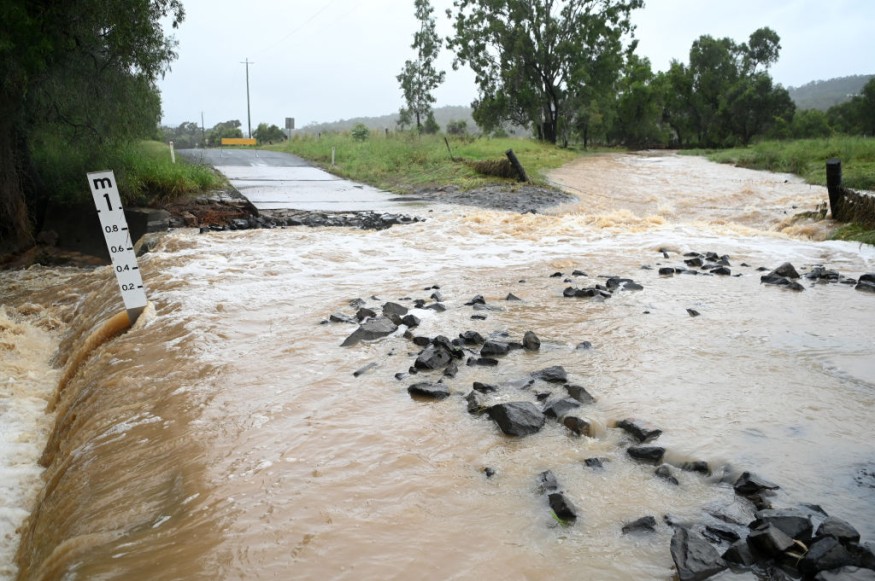Queensland weather saw the occurrence of renewed heavy rainfall and significant flooding risks, especially affecting its central coast, according to the Bureau of Meteorology (BoM), which also issued a severe weather warning for affected areas.
This inclement weather in the central coast comes as the saturated northern parts of Queensland is reportedly facing recurring rainfall as rising floodwaters cut off roads and towns. The life-threatening situation prompted the BoM to issue 'dangerous flash flood warning' for North Queensland regions.
In the coming hours, the inclement weather in the Australian state could lead to additional flooding, including the overflow of rivers, lakes, and streams. The ongoing severe weather and flood alerts may also prompt the issuance of evacuation orders.
The adverse weather arrived in the aftermath of the third consecutive year of La Niña, which was responsible for bringing torrential rain into the country. While it is still not clear if the climate phenomenon will return to Australia, meteorologists have seen wet weather in some parts of Australia over the past week, including in the usual-dry state of Western Australia.
Queensland Flooding

During a media release, the BoM at 3:30 p.m. local time on Tuesday, January 17, said heavy rainfall and flooding continue to wreak havoc in Queensland's central coast. Widespread and localized heavy showers will ease overnight as the weather system moves offshore.
Still, a flood watch remains in effect for the Lower Herbert and central coast catchments. The Australian weather agency adds there is ongoing disruption to transport networks, including the Bruce Highway and some towns will continue to remain isolated.
Furthermore, BoM meteorologists said high tides are expected in parts of Queensland 's coastal areas later this week. This could lead to coastal flooding or coastal erosion, as reported from previous weather events.
Also Read: Major Flooding Continues to Threat New South Wales and Victoria Due to Persistent Heavy Rain
Flash Flooding Warning
The flash flood warning was issued to inundated towns of North Queensland, with dozens of travelers stranded as severe thunderstorms drenched the Australian region for the fourth consecutive days, AAP reported, as cited by The Guardian.
In particular, the fresh warning for heavy to intense rainfall was issued for areas between Ayr and St. Lawrence, including Bowen, Mackay, and Proserpine, on Tuesday afternoon. Senior meteorologist Miriam Bradbury stated more than 300 millimeters of rain has fallen in the past 24 hours, as cited by the UK newspaper.
Bradbury told reporters on Tuesday afternoon that catchments in the central and northern areas of Queensland are already saturated, which entail that water levels will quickly rise in the event of another rainfall.
2022 Australia Flooding
This time of the year is drawing near to the same time during the Australia floodings in February 2022, when local authorities ordered thousands of people in Queensland and New South Wales to evacuate due to devastating floodwaters, according to the risk disaster platform PreventionWeb.net.
Last year's flooding occurred when La Niña-driven weather poured substantial amounts of rainfall across Eastern Australia, affecting not only Queensland and New South Wales but also their surrounding regions.
© 2025 NatureWorldNews.com All rights reserved. Do not reproduce without permission.





